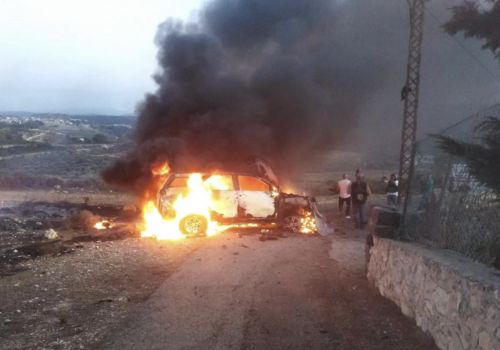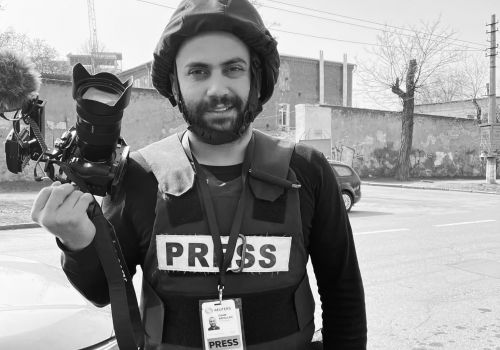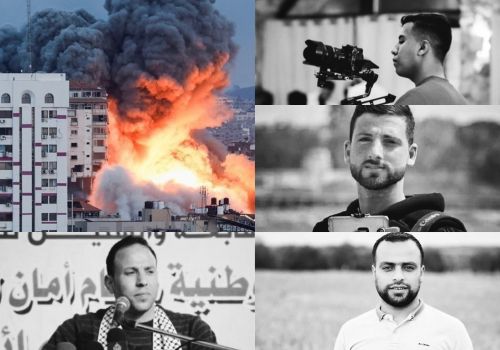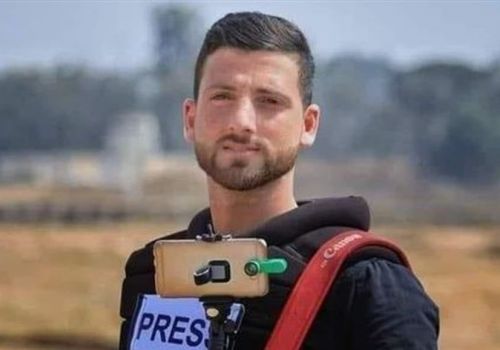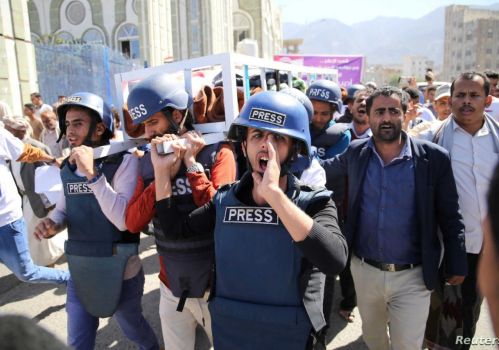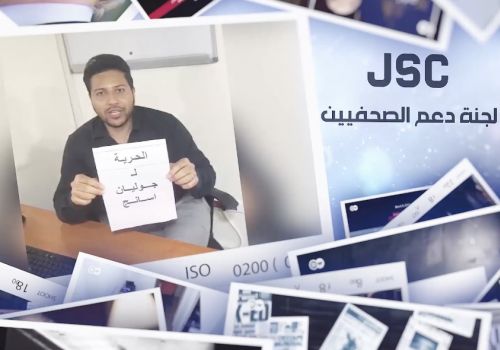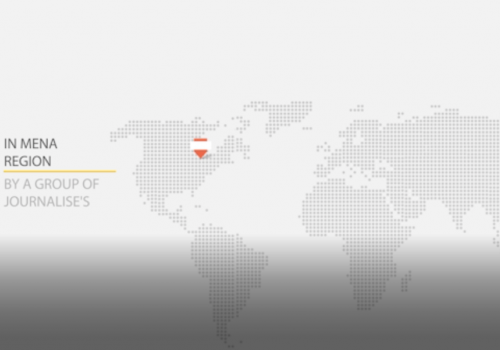WHO and Partners Fight Health Misinformation at Grassroots Level
2022-06-09 12:01
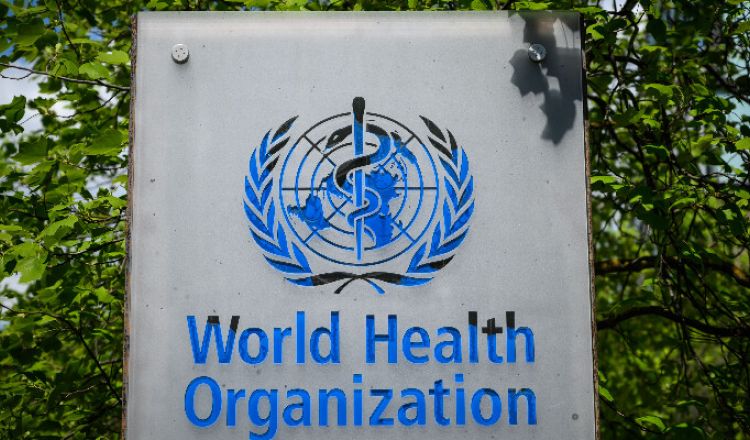
by Dina Faisal- Misbar
Note: The views and opinions expressed in blog/editorial posts are those of the author.
The impact of misinformation on healthcare has been studied numerous times, particularly since the COVID-19 pandemic began to see a significant increase in related misleading and false claims. Misbar has also written about the topic, discussing how health misinformation is a "significant public health challenge," and how it creates fear, confusion, uncertainty, scepticism, and mistrust, in health authorities making it difficult for them to implement public health measures. Often the topic is discussed in reference to misinformation spreading online, with tools developed to combat it on the online platform. However, misinformation exists in rural areas with little access to the internet as well.
Misinformation Rife in Rural Areas
The internet and social media are usually seen as the primary driving force of misinformation, given how quickly misinformation starts and spreads online. This causes other environments or contexts of misinformation to be neglected. For example, studies have found that health misinformation is rife in rural Africa, particularly that related to COVID-19. The study revealed that due to the “relatively poor access to information, culture and religion beliefs, political instability, living conditions, and poor health literacy,” there was significant misinformation and anecdotal reports in rural areas. Moreover, only limited few rural dwellers have access to information channels such as the internet. This, coupled with poorly developed strategies and mechanisms for crisis and risk communication, creates several challenges. These challenges create a barrier to access evidence-based and accurate information. With rural dwellers being unable to determine what is reliable information and what is not, they become susceptible to believing whatever information is trending in the community. This scenario can cause fear and uncertainty and hampers efforts to curb COVID-19 infections.
Combating Misinformation in Rural Areas
If efforts are made, these challenges can be tackled, and their negative effects reduced. Rural communities have strong hierarchical structures, so one strong intervention would be to provide awareness and knowledge sharing campaigns in conjunction with the community leaders. By gaining the trust of community leaders, the community members will then be more open to hearing and accepting information issued by local and international health authorities. Moreover, it is vital to implement actions to improve health literacy. For example, the Centers for Disease Control and Prevention (CDC), has the National Action Plan to Improve Health Literacy. Some of its goals include development and dissemination of accurate health information, promoting changes in the healthcare delivery system that improve information and communication. As well as incorporating accurate health information into childcare and education, supporting local efforts towards adult education in linguistically relevant means, building partnerships, and increasing basic research that looks into improving health literacy. These efforts can target rural dwellers and rural healthcare workers with the support of trained COVID-19 task force professionals.
How the WHO and Partners are fighting Misinformation at the Grassroot Level
In its efforts to tackle misinformation in more rural areas, the World Health Organisation (WHO), along with their partners are making great strides with activism at the grassroot level. In a recent feature story, the WHO highlighted seven examples of how they are working, with their partners, towards bringing “accurate health information to all corners of the world so that people can protect themselves from COVID-19, polio and other diseases.” In Malawi, village dwellers were refusing Polio vaccines from health works due to rumors, which led to the WHO and UNICEF immediately setting up a meeting with the village leaders to explain the benefits of the Polio vaccine in the local language. In a short period of time all the village children were allowed to receive the vaccine. According to the WHO, “Malawi is working to quickly vaccinate about 3 million children following the discovery of wild poliovirus in the country in February.”
In Ecuador, COVID-19 information has been disseminated via a community radio station to “indigenous communities spread over immense territories, days away by boat from any health clinic” in several local languages. While in Madagascar, health messages are spread through songs covering topics such as COVID-19 preventions and Measles. The project is called “Singing Sensitization” and was set up as a means of getting accurate health information to isolated, rural communities in the country’s south. Another example is taken from a rural town along the Vietnam-China border, where COVID-19 communication officers use motorbikes to reach remote places in order to share accurate health information “from voices they trust.” The article also featured stories from Angola, Democratic Republic of Congo and Nigeria.
It is critical to create channels to increase health literacy amongst rural populations in the same way internet misinformation is targeted, as this is a major determinant of information assimilation. The stories featured by the WHO, show that, although it can be difficult, with some planning, coordination , and collaboration trends in rural areas can be changed to ultimately decrease health related misinformation and reduce the barriers of accessing vital healthcare.
Misbar’s Sources

